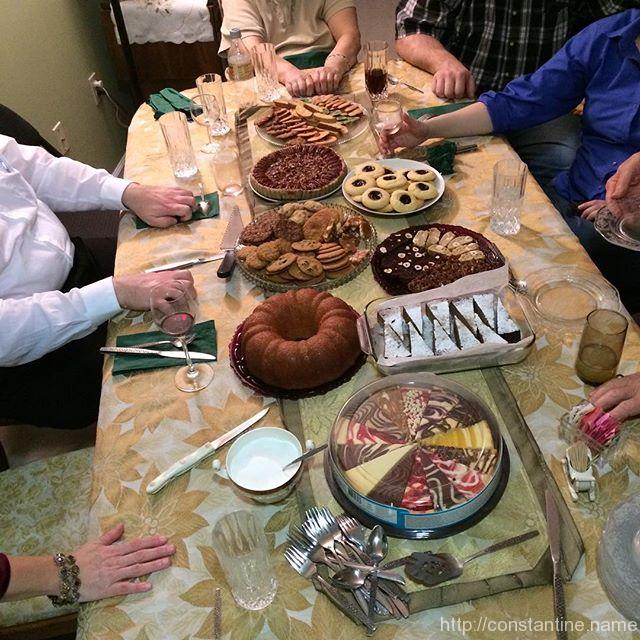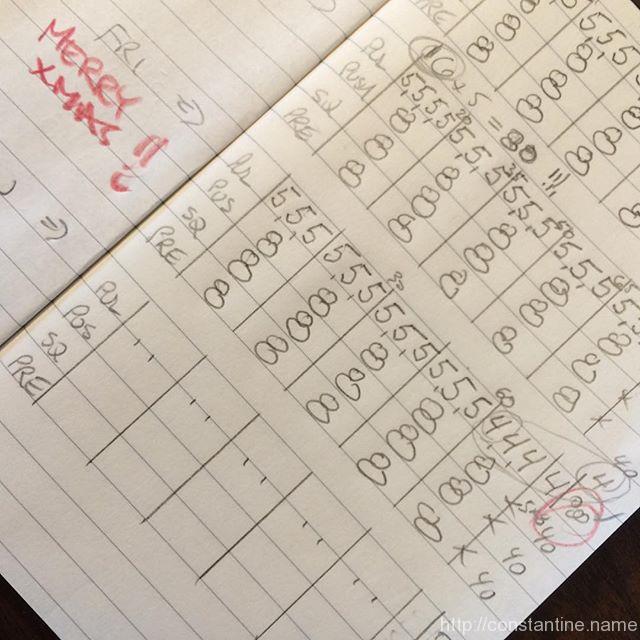This third part — the last of the think-y pieces, I promise! — is about the process of reviewing and continuous improvement. The subsequent parts of this series are small ideas and inspirations about the literal things to take with you traveling.
Hey, great trip. Welcome home. Drop your bag. Sleep if you need to. But now it’s time to review!
Overture: Missing or broken.
Here you’re reviewing the things you did not have with you. You’re trolling your recent experience in search of things to add to your packing. Either things to always carry, or maybe just things to have on hand, ready to pack, to give you more options on future trips.
If you recorded any notes, (“I wish I had brought…,” “Widget is broken,”) go over those notes and turn them into decisions:
Buy some thing, (or add it to your general list of things to do, “buy this thing when I have spare cash”,) find a solution for some problem, (or add “find solution to the problem” to your to-do list,) etc. Then get rid of the notes!
Aside: Those notes are the result of what is called “capture.” You had an idea, you captured it, but that’s not a solution. You have to convert that “captured” item into something; buy it, fix it, or turn it into however you keep track of things to do.
Beginner level: Did I use it?
As you handle everything you’re unpacking, ask: Did I use it?
YES? Great, put it away. (Working it to neutral of course! Wash it, refill it, fix it, etc.)
NO? Why did I pack it? Should I pack it next time?
Some things always get a pass. For example, my medical/urgency kit usually does not get used, but I’m always going to carry it. Ditto for a few things like my travel flashlight. I put all of these “they get a pass even though I did not use them” items away first.
Anything left? Great! These are your first batch of things to review. Ask yourself: Why did I pack this in the first place? What was I thinking? What was I preparing for? In the future, would I be ok without this?
Aside: I once went over-night hiking along the Appalachian trail. Although we were planning to stay in a shelter, we brought a tent in case the shelter was full. I carried a hammer in case we had to drive tent stakes. I brought a hammer on a hike along a mountain full of rocks on the chance we might need to drive tent stakes. By the end of that hike, I had learned a very important lesson about carrying things which I only _might_ use.
Intermediate: Start keeping track of what you pack.
Along the way, I started keeping lists– eventually very detailed lists– of everything I packed. I started by writing a list of what I was thinking of packing. Then as I packed, and added or decided against packing items, I kept the list up to date. When I returned, I would sometimes add notes about things I didn’t use, along with my decisions about whether I should pack that next time. For me this was particularly helpful for some of the less-used things I kept forgetting.
At the “Beginner” level, we gave a pass to anything we used. But at this level, we want to start thinking about anti-packing things even though we’ve used them.
Advanced: Actively removing items and weight.
Once you know what you are packing, you can go after obvious things to save weight and space:
One of the heaviest things in my bag turned out to be my iPad with its attached keyboard-cover in a Pelican case. I realized that for $20 I could buy a smaller version of the same keyboard cover, which not only weighed less, but also fit into the next size smaller Pelican case. This ended up being a huge weight and volume savings.
I travel with an external battery and charge devices from the battery. I charge the battery when power is available. I realized that I never drained the battery completely, and sometimes I’d go entire trips without recharging the battery. Since I was already carrying the charging cable and power brick, I bought a smaller battery which weighs half as much.
Soon I had “minimized” all the big items, and reached a point where I could fit everything I needed into my bag. At this point I was traveling comfortably. As my trips became more complicated and involved more movement, (walking longer distances, more complex transportation combinations, etc..) it became obvious that weight was the limiting factor.
I eventually went so far as to weigh everything. I literally weighed every individual item, to the gram, and put them in an outline with sub-totals. I can literally pack using the outline and predict what the final pack will weigh.
Why on Earth would I want to do that?!
When I had things in an outline with sub-totalled lists, I could look at each unit, (M’Urgency kit, bathroom kit, sleep system, etc) and look at the heaviest ones. I could then search for solutions to shave weight a tiny bit at a time. It adds up, and I was easily able to turn a 30 pound pack into a 25 pound pack, and know exactly what to pack if wanted to set a weight limit. (For example, if I know I have to be out-and-about for long periods with my entire pack. I can pack ultra-light sacrificing some comfort of course.)
Wrap up
This part concludes the large introduction pieces of this series. The following parts are actually the parts of the series which I first began writing. As I collected and organized them, I realized I needed to capture all the information in these first posts.
I hope you’ve found these introductory parts useful, and I hope you find more useful ideas in the following posts!
ɕ

